Critique to the media world: 27 positive stories about foreigners

(Photo by Mette Koors)
Photographer and professor at CBS, Susana Borrás is ready with a new photographic exhibition. It aims to break away from "the negative and one-sided media coverage of international citizens" living in Denmark by showcasing positive stories of Europeans.
Professor at the Department of Organization at CBS, Susana Borrás is sitting in her office in Kilen. Outside, the sun is shining from a cloudless sky. It sends rays through the window and lights up the room where she’s busy with her research and teaching.
As a hobby, and during her free time, she’s been preparing a new photographic exhibition called ‘European Diversity in Denmark’, which aims to open up the audience’s eyes to the positive side of European citizens living in Denmark.
“It all started with the feeling that there’s been a negative discussion about foreigners for a long time. The stories about foreigners in the news are often negative, and I thought: Where are all the positive stories? Because there are a lot of people who live a normal life and contribute to Danish society in many different ways, and they never really seem to get much attention. So this exhibition is actually my personal determination to show the positive side of these stories.”
From Ærø to Thyborøn
Susana Borrás has taken on the task of showing the positive side of European citizens living in Denmark. And although it’s been very interesting, it’s also taken more than two years.
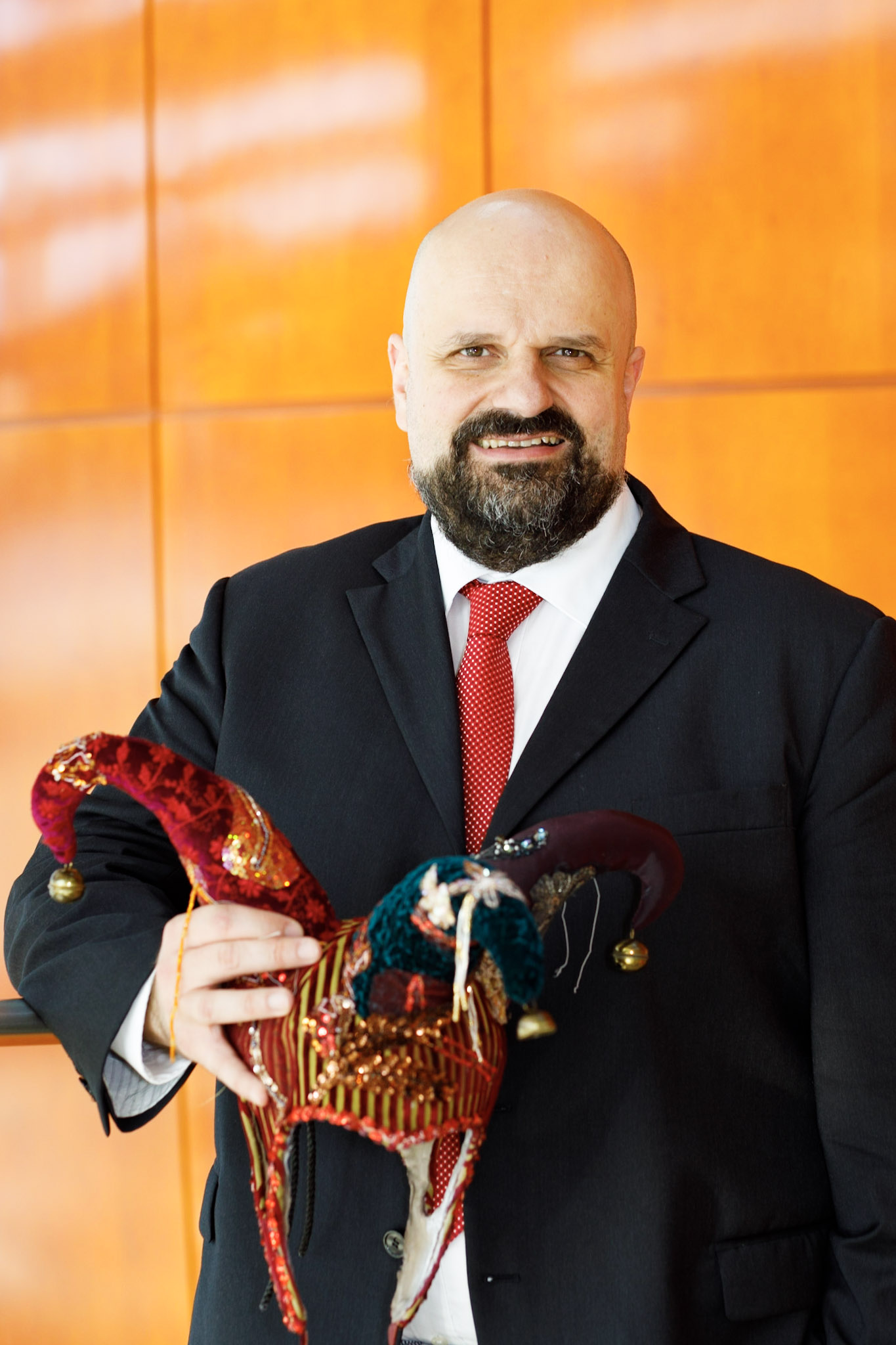
“I’ve spent many weekends traveling around Denmark taking pictures in my spare time. I’ve visited young and old men and women with many different professions. I’ve been everywhere from big cities to the countryside in the north and south of Denmark. It’s been a fantastic journey and I’ve met many interesting people, and at the same time it was a perfect excuse to travel around the country. I went to Ærø and Thyborøn, and to be frank I would never have gone to those places if it wasn’t for the photographic portraits,” she says.
Traveling around Denmark and meeting different people has been a very rewarding and inspiring process for Susana Borrás.
“I’ve learned a lot by meeting all these people. Many of them are actively engaged in Danish society. There are people who are volunteers and people who have a really difficult life with tough jobs, and that’s something that surprised me in many ways. I knew that I was going to find interesting people, but I didn’t expect to see such a high level of engagement,” she says.
Colorful portraits of Europeans
It’s safe to say that not all stories in the media about people from foreign countries living in Denmark are about people from European countries. But there’s a reason why Susana Borrás chose this specific group of people for her exhibition gallery.
“This project is just one out of more projects to come. I’ll focus on other groups of people in the future as well. But the reason I chose foreigners from European countries was actually because of Brexit. Right after the referendum in June 2016, I became frustrated at how negative stories have such a huge influence. In addition to that, I wanted to do something more worthwhile with my hobby and my spare time, so I decided to explore the positive sides of people and their stories,” she says.
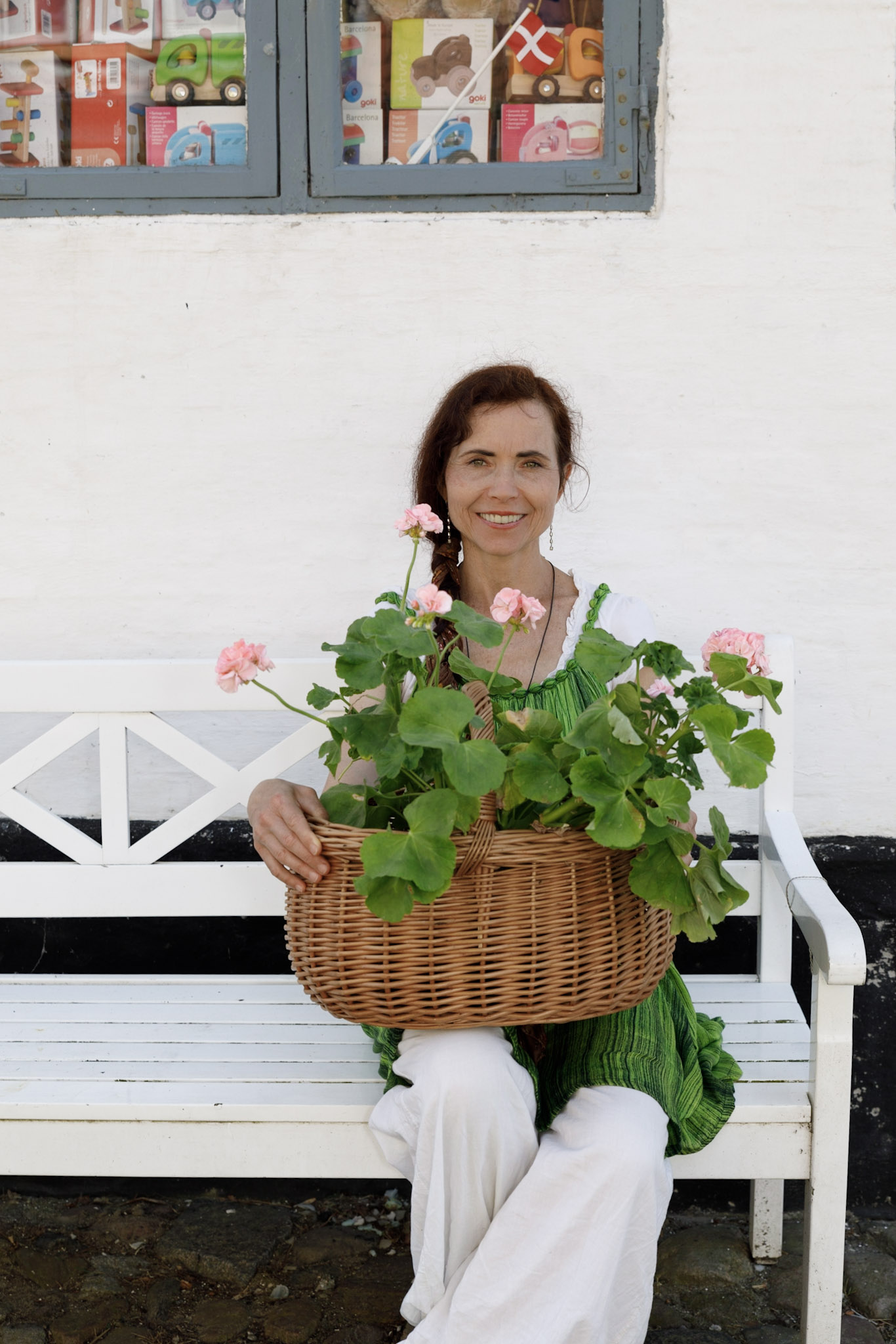
Speaking of the positive side of European citizens living in Denmark, the focus is quite piercing in each of the 27 portraits, and Susana Borrás has put a lot of work into expressing that.
“The portraits are not intimate portraits where you take pictures close up in a dark environment with eye contact and a certain facial expression. Rather, the portraits are very colorful, the environment is very open and there’s a lot of light, which enables you to see all the things in the frame. You get close to these people, but you also see them in their own environment – at home or work. These are all the ways of communicating the personality of the portrait subjects.”
A natural collaboration
The exhibition is created in collaboration between the CBS Council for Diversity & Inclusion, the Romanian Presidency of the Council of the EU and Susana Borrás.
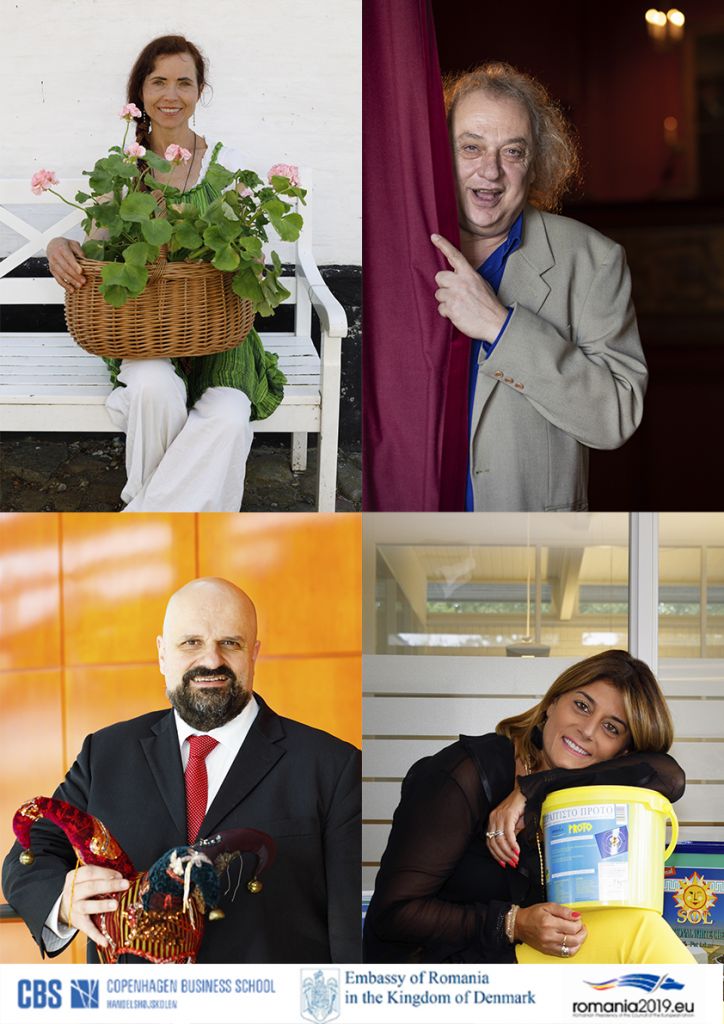
“The collaboration came together as a natural thing. I had some informal contacts with both entities because they promote diversity as a core value, and they became very enthusiastic about the idea of a photo exhibition. So we just started organizing it,” she says.
The exhibition is going to be held at CBS at Rotunden on Solbjerg Plads, and according to Susana Borrás there’s a good reason why this specific exhibition is relevant to CBS.
“CBS has this diversity policy which I think is actually quite important. Not only internally for employees, but also for students. If we really want to educate the future leaders of the business world in Denmark, in a context where they try to position Denmark internationally in the best possible way, I think they need to understand that it’s an international environment they’re operating in,” she says.
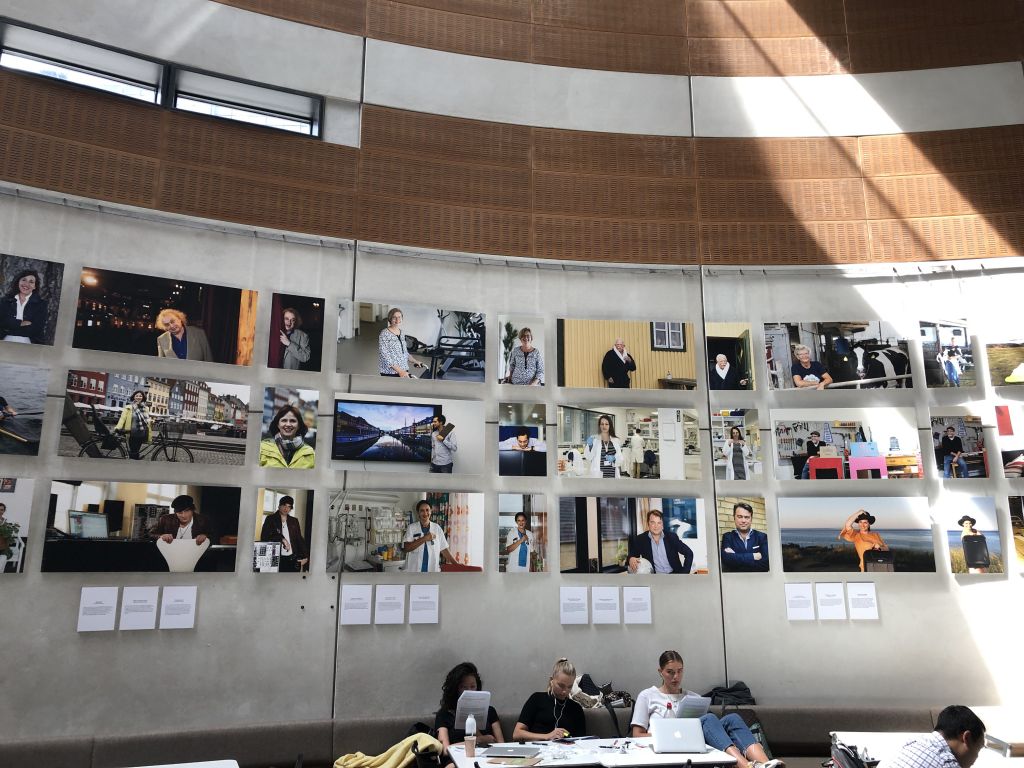
(Photo by Mette Koors)


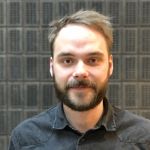
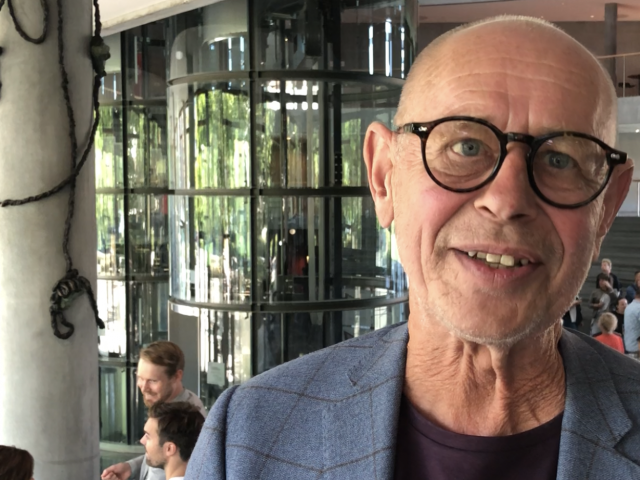
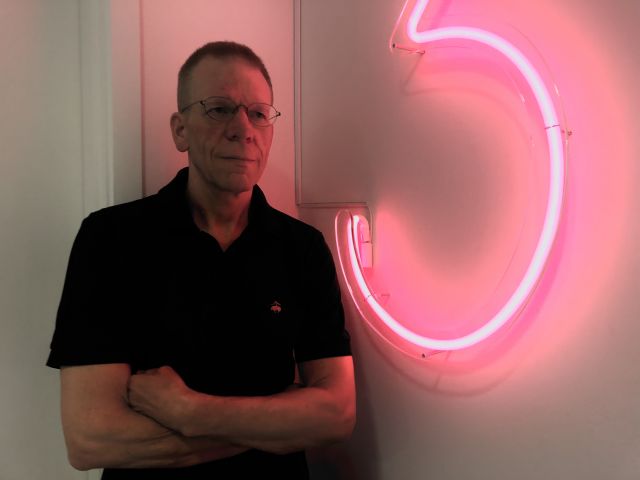
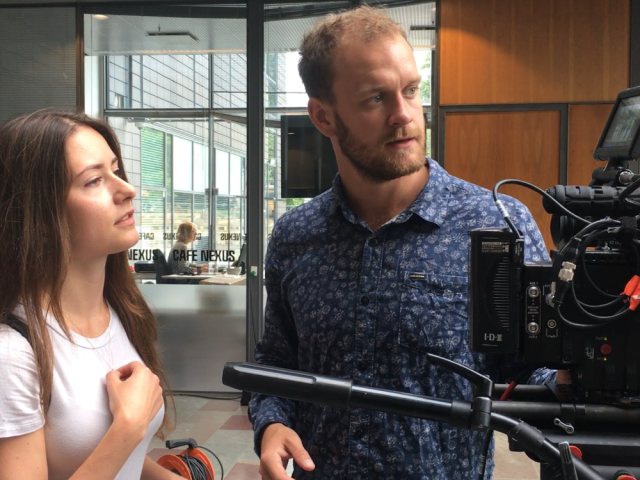
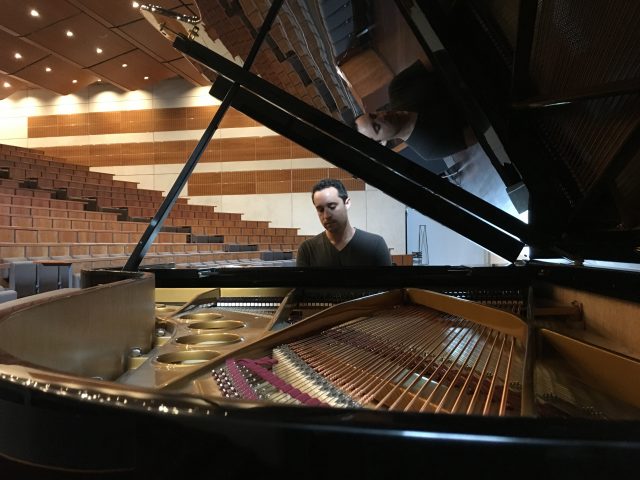
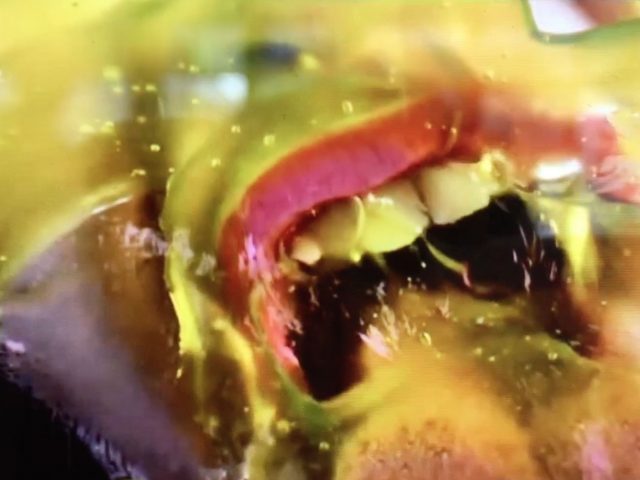
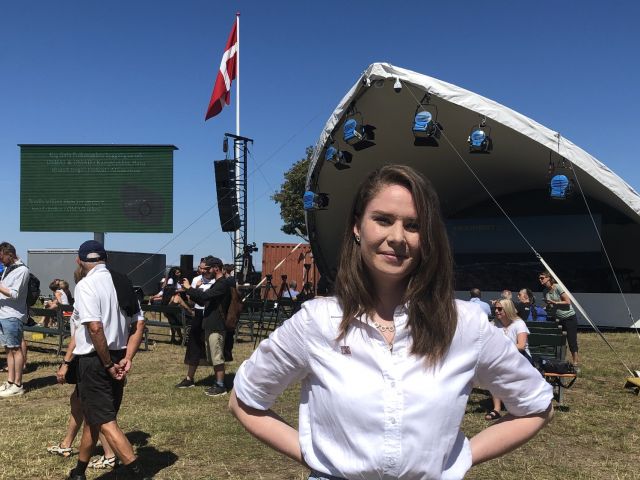
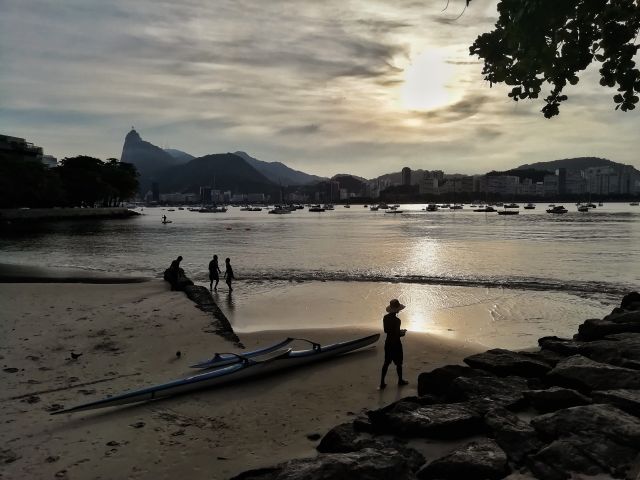




























































































































Comments